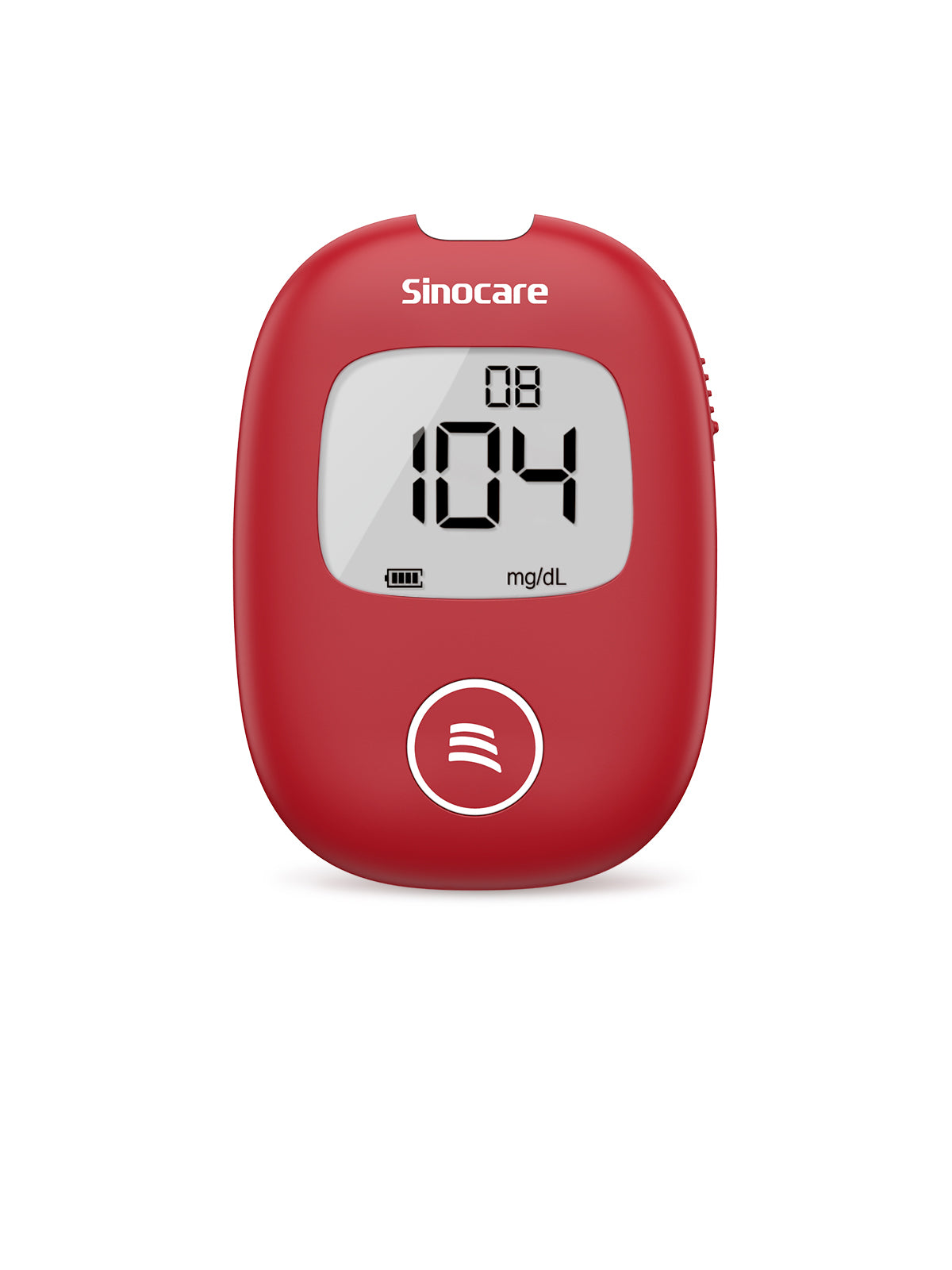Introduction
Type 2 diabetes mellitus consists of a series of dysfunctions characterized by hyperglycaemia and resulting from the combination of insulin resistance, inadequate insulin secretion and excessive or inappropriate glucagon secretion. Poorly controlled type 2 diabetes is associated with a number of microvascular complications (retinal, kidney and possibly neuropathic diseases), macrovasculars (coronary artery and peripheral vascular disease) and neuropathic (damage to the autonomic and peripheral nerves).
Unlike patients with type 1 diabetes mellitus, type 2 patients are absolutely not dependent on insulin throughout their lives, as they retain the ability to secrete endogenous insulin, so they may need insulin but do not depend on insulin as they do for type 1. In addition, although type 2 diabetes mellitus typically affects individuals over the age of 40, nowadays type 2 diabetes mellitus has begun to afflict not only adult patients, but due to the epidemic of obesity and inactivity in children, type 2 diabetes mellitus manifests itself at an increasingly young age, and has even been diagnosed in children as young as 2 years old who have a family history with diabetes. In many communities, type 2 diabetes now exceeds type 1 diabetes among children with diabetes.
Type 2 Diabetes Cause Overview
As mentioned above, type 2 diabetes is characterized by a combination of insulin-peripheral resistance and inadequate insulin secretion by pancreatic beta cells. Insulin resistance, attributed to high levels of free fatty acids in the blood, drastically reduces the transport of glucose into muscle cells, thus stimulating high liver glucose production in order to achieve greater fat breakdown. Glucagon excess can also not be underestimated, as type 2 diabetes affects the mutual relationship between the glucagon secreting alpha cell and the insulin secreting beta cell, thus creating a decompensation that leads to hyperglucagonemia and therefore to the consequent hyperglycaemia.
In order for type 2 diabetes mellitus to occur and can be diagnosed, two conditions must occur: insulin resistance and inadequate insulin secretion. For example, all overweight individuals have insulin resistance, but diabetes develops only in those who cannot increase insulin secretion enough to compensate for their insulin resistance. In addition, really high but inadequately low insulin concentrations may occur due to the level of blood sugar present.
Among the causes, beta cell dysfunction is also an important factor, especially with regard to children. In fact, a study carried out on obese adolescents confirms what has always been hypothesized even in adults: beta cell dysfunction develops early in the pathological process and does not necessarily follow the insulin resistance phase. Genetic factors may also be determined, as genome studies of single nucleotide polymorphisms (SNP) have identified a number of genetic variants associated with beta cell function and insulin resistance, and in particular some of these SNP appear to increase the risk of type 2 diabetes.
A Genetic Predisposition for Type 2 Diabetes in Children
These studies have clarified why most pediatric patients with type 2 diabetes mellitus belong to specific communities (Native Americans, Blacks, Hispanics, Asians, and Pacific residents), as they are more likely to find some of the genetic mutations they predispose to type 2. However, additional factors, such as childhood obesity, family history of type 2 diabetes in a first- or second-degree relative, and signs of insulin resistance or associated conditions should also be closely monitored. In these cases, scientific studies recommend screening from the age of 10 years, every 2 years, with more frequent and accurate monitoring when fasting blood glucose tests report results out of maximum range for an extended period.
Consequences and Complications for Type 2 Diabetes Mellitus
Monitoring assumes a relevant importance in children. Indeed, if not properly treated in paediatric age, type 2 diabetes mellitus may have an excessively severe prognosis. In fact, after 30 years of postpuberal diabetes, 44.4% of children with type 2 diabetes will develop diabetic nephropathy, a much higher percentage than 20.2% of people with type 1 diabetes. In particular, the incidence of nephropathy has decreased among patients with type 1 diabetes since the end of the 20th century, while this has not happened with people with type 2 diabetes, although no population-based follow-up study has been conducted to determine the long-term prognosis of type 2 diabetes among children and adolescents. Mortality rates in type 2 diabetes are also likely to be higher than in type 1 diabetes, as the main cause of death in type 1 diabetes is end-stage kidney disease, and with type 2 a higher percentage of developing the disease, that risk also increases.
Overall, morbidity and mortality associated with type 2 diabetes are related to short- and long-term complications; in fact, a study conducted from 1965 to 2002 in the Indian population of Arizona found that juvenile-onset type 2 diabetes is associated with a substantially increased incidence of end-stage kidney disease and mortality in middle age. Even in a comparative study among young Japanese with type 1 and type 2 diabetes, the cumulative incidence of nephropathy among patients with type 2 diabetes was higher than in those with type 1 diabetes, as nephropathy appeared earlier in type 2 diabetes than in type 1 diabetes.
Treatment and Maintenance in Pediatric Age
In the light of the research above, it would appear that the common complications of type 2 diabetes observed in adults are also found in young people with type 2 diabetes, but in this case they seem to progress quickly; as a result, preventive measures, frequent screening and a high suspect index are needed, in order to curb negative outcomes that could significantly burden the paediatric population during the third and fourth decades of life.
Once the diagnosis of type 2 diabetes mellitus is made to a child, the aim of the therapy is to achieve and maintain almost normal levels of blood glucose and Hemoglobin HbA (<7%), implementing diabetes education processes and a change in lifestyle (such as diet, exercise and weight control), with possible prescription of a drug therapy useful for improving blood glucose, controlling weight and preventing short and long-term complications, with medical evaluation every 3 months.
Also, as mentioned, diet is fundamental, and a low-sodium and potassium-rich diet is recommended to reduce blood pressure; the consumption of low-fat fruits, vegetables and dairy products are also of good support. Even physical activity assumes relevant importance, and it should not be overlooked, as increased physical activity is associated with a reduction in obesity levels, if carried out for at least 30 minutes of moderate intensity activity on a daily basis.
Considering the severity of Type 2 Diabetes Mellitus, it’s necessary to support the pharmacology therapy with a sane and correct lifestyle, for this reason weight loss, increased physical activity and better dietary choices should be encouraged because they improve the fasting lipid profile, limiting the growth factor of the disease in an important way.
Psychological Aspects in Children Affected by Type 2
Considering the high sugar level due to diabetes, it’s not always possible to eat candies or sugar; this negation causes often sadness in a child when he sees other children to eat freely sweet-foods. Indeed, if this protects the child’s health about diabetes, from the other side it could damage the inner feelings.
In according to the medical plan, diet progress and daily glycemic level, sometimes it could be necessary to share with child patient one candy or sweet snack, in order to protect feelings and avoid sadness because the disease. Also, it’s recommend to create like an accord with child, like to share some candy with a toy, or by some different reward, in order to incentive the child’s bravery against the disease, and invite the child to assume right behaviors during every day.










Leave a comment
All comments are moderated before being published.
This site is protected by hCaptcha and the hCaptcha Privacy Policy and Terms of Service apply.